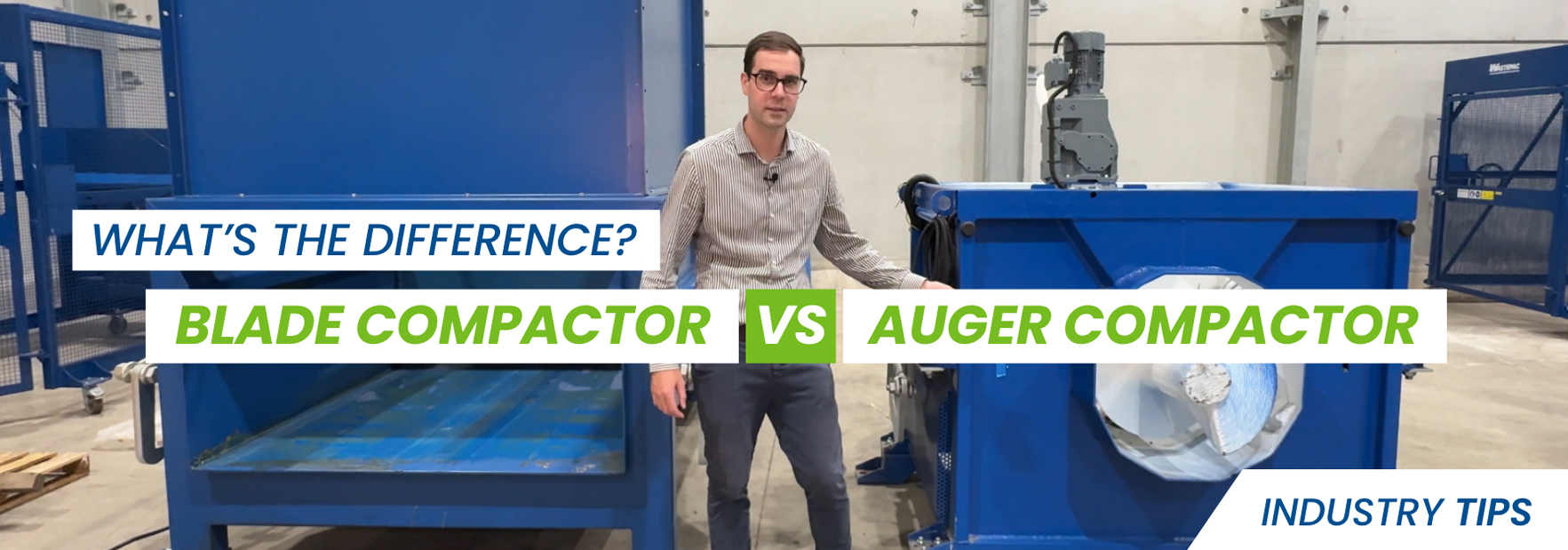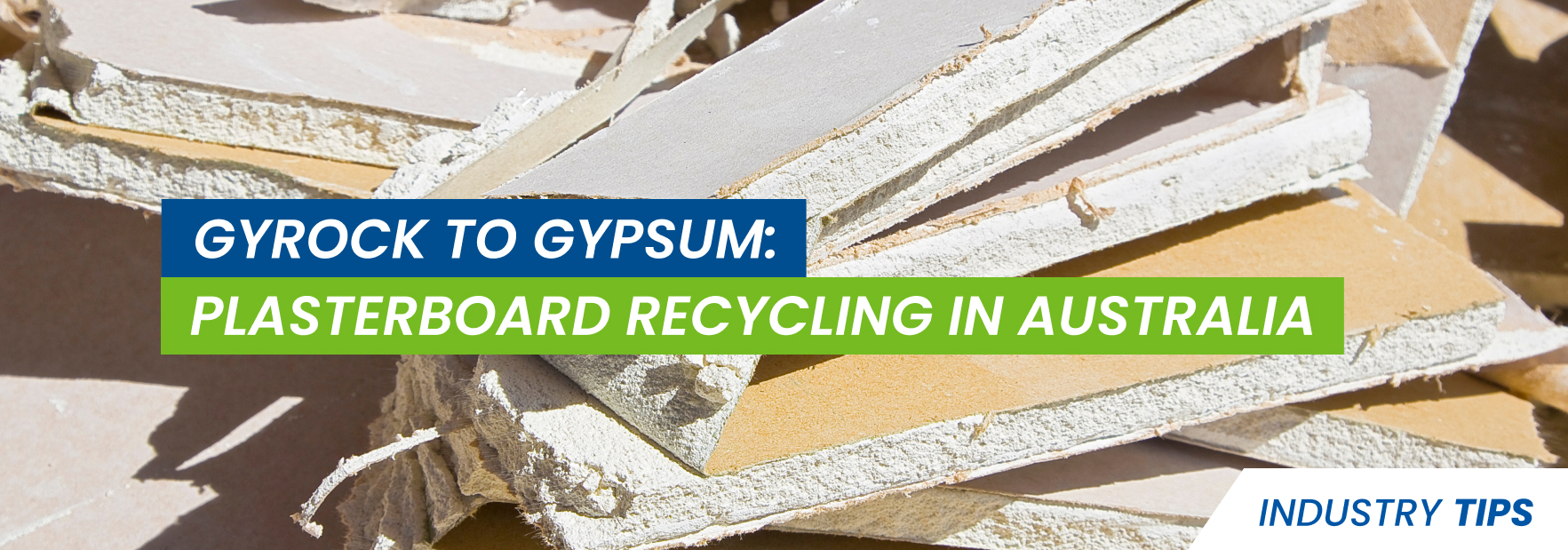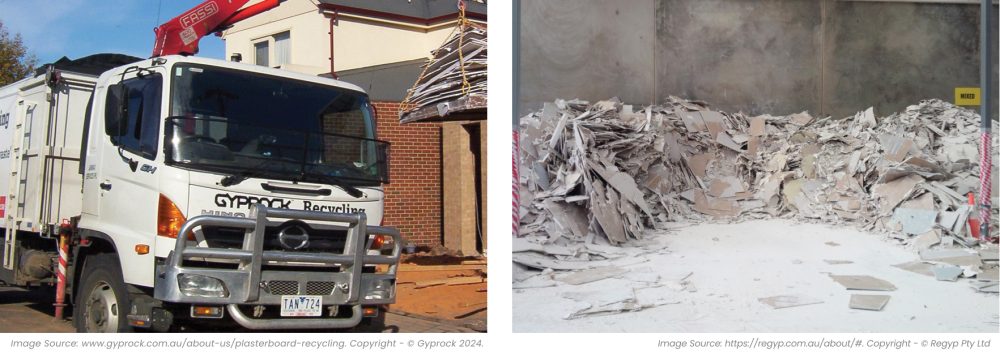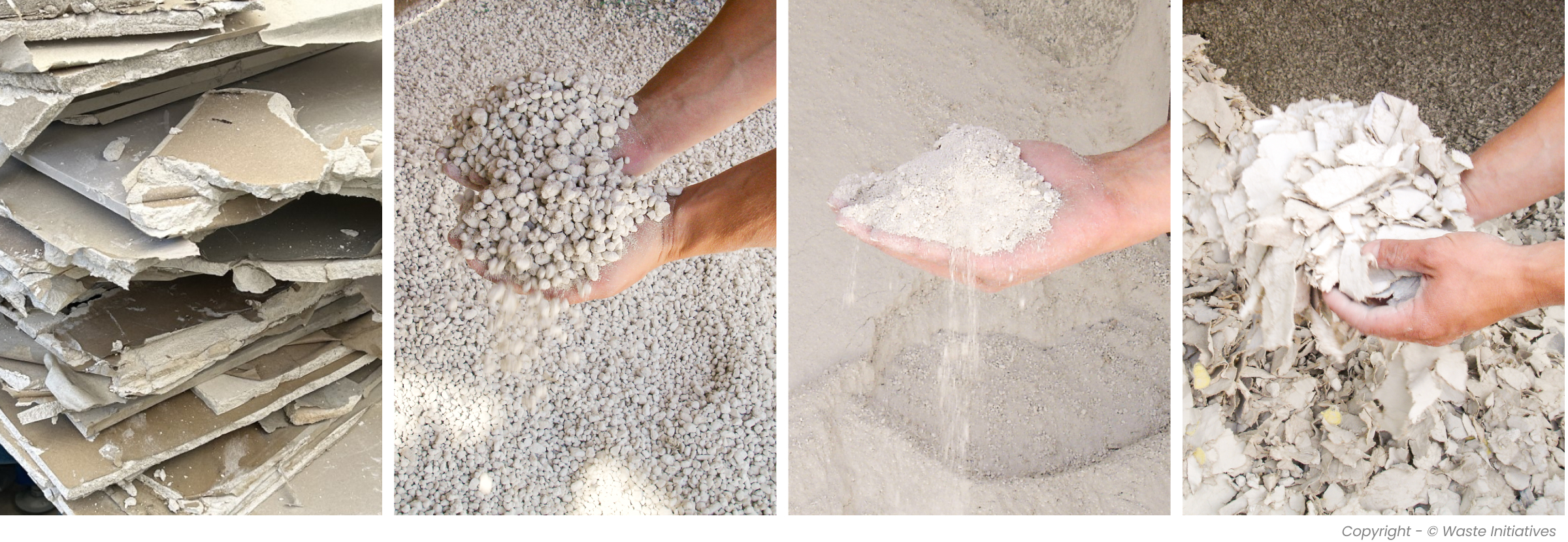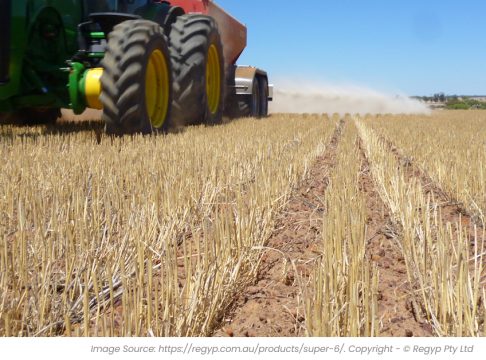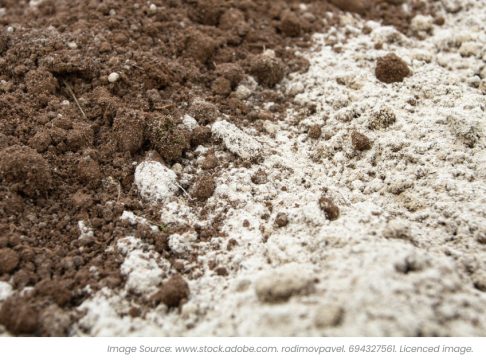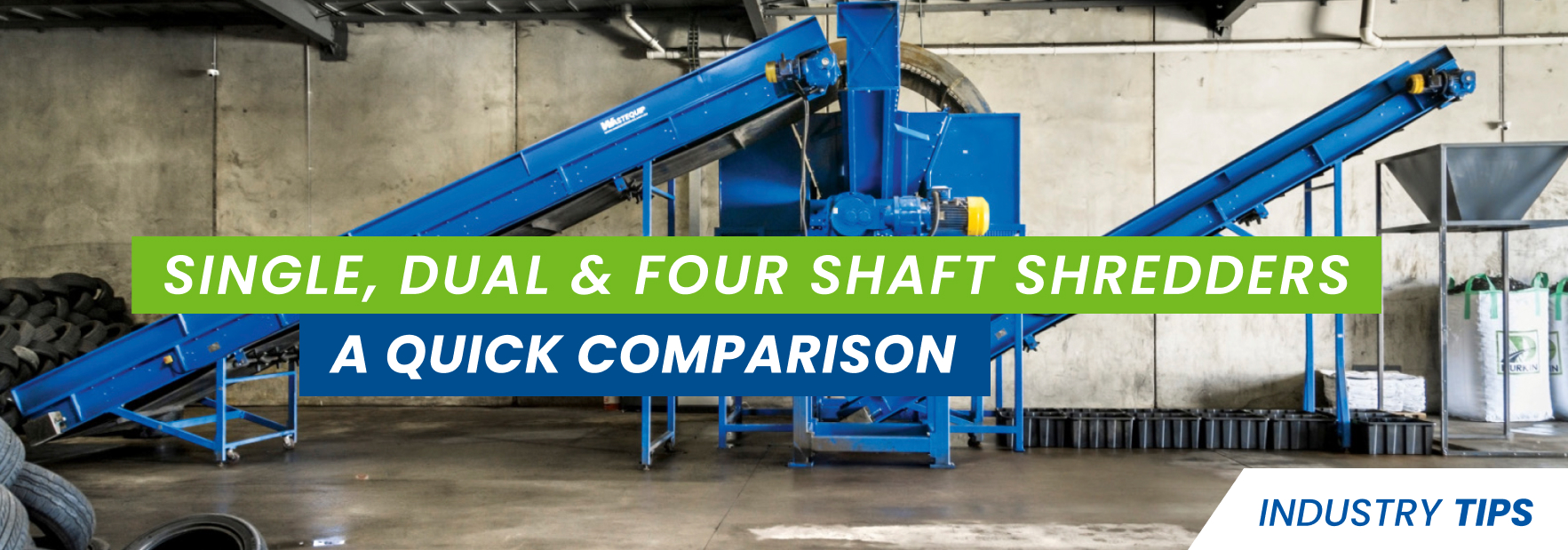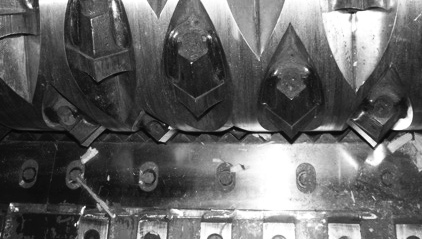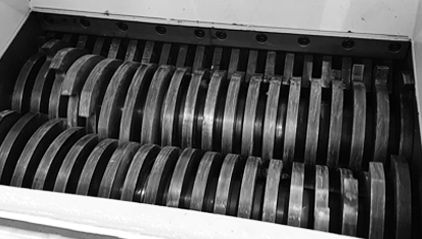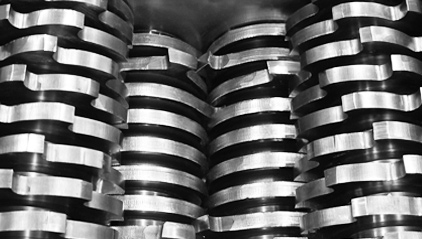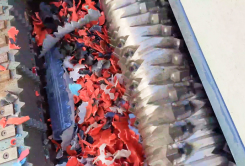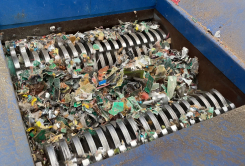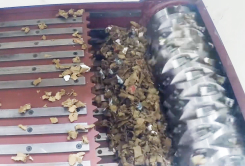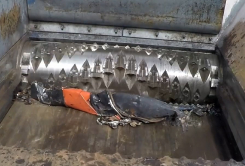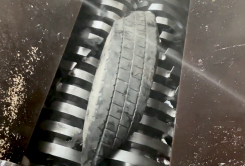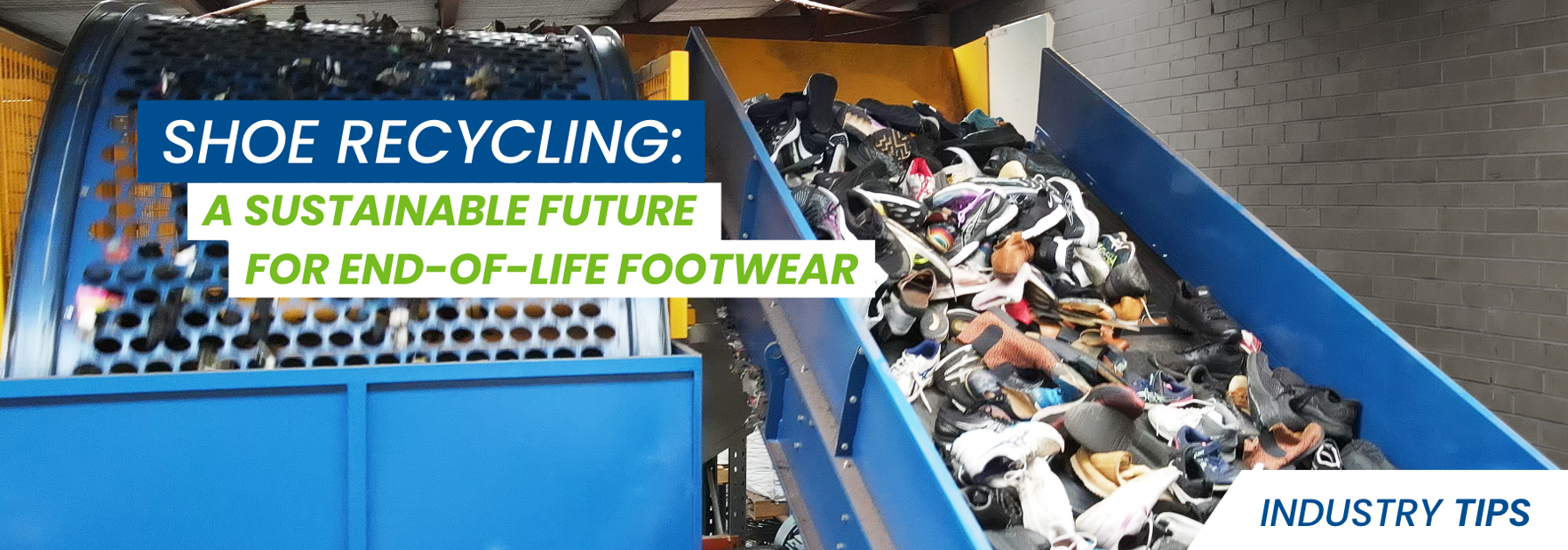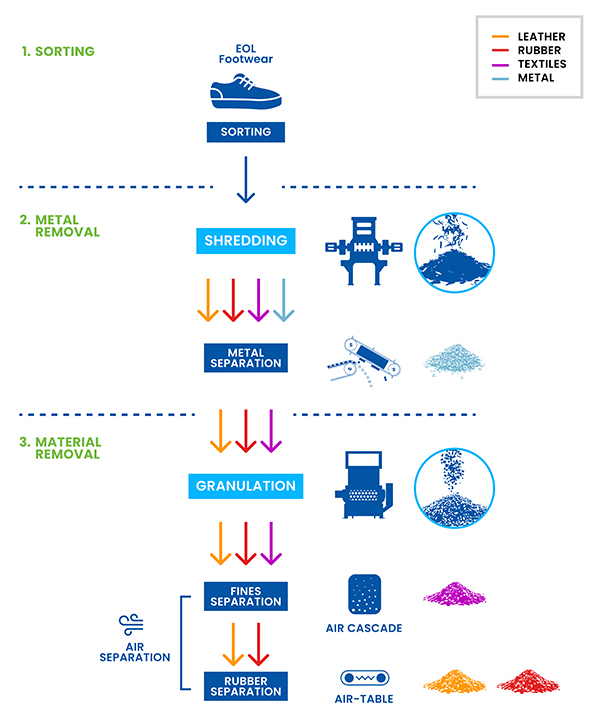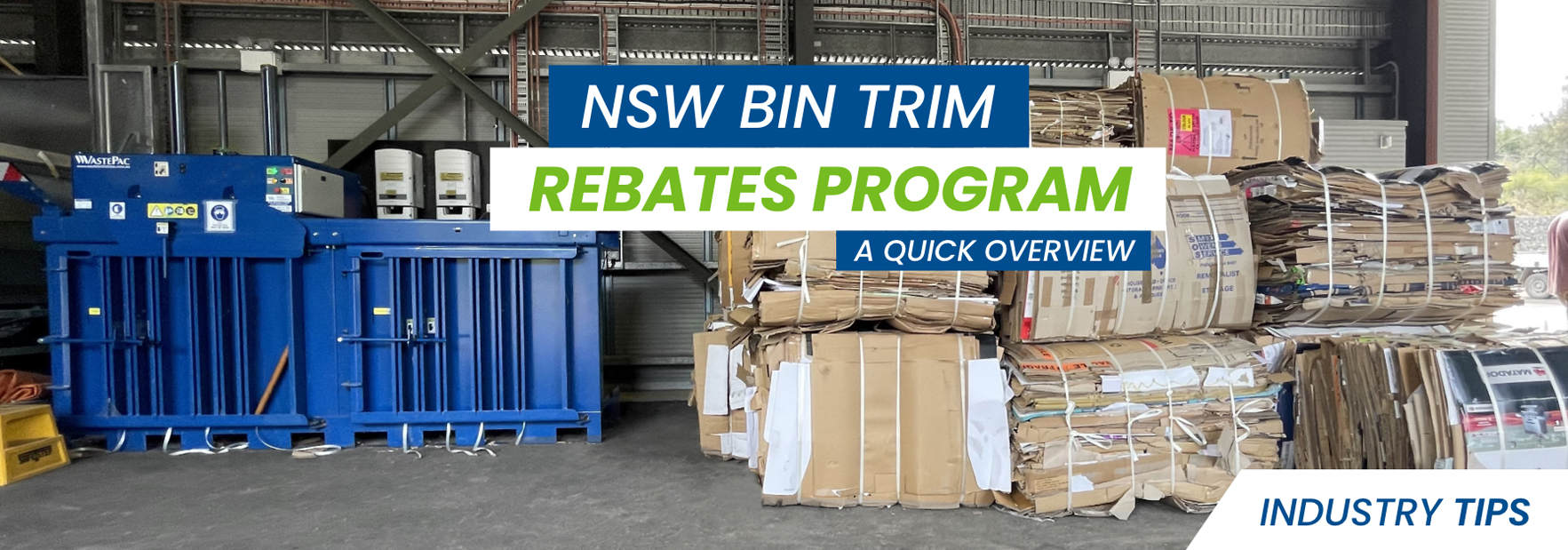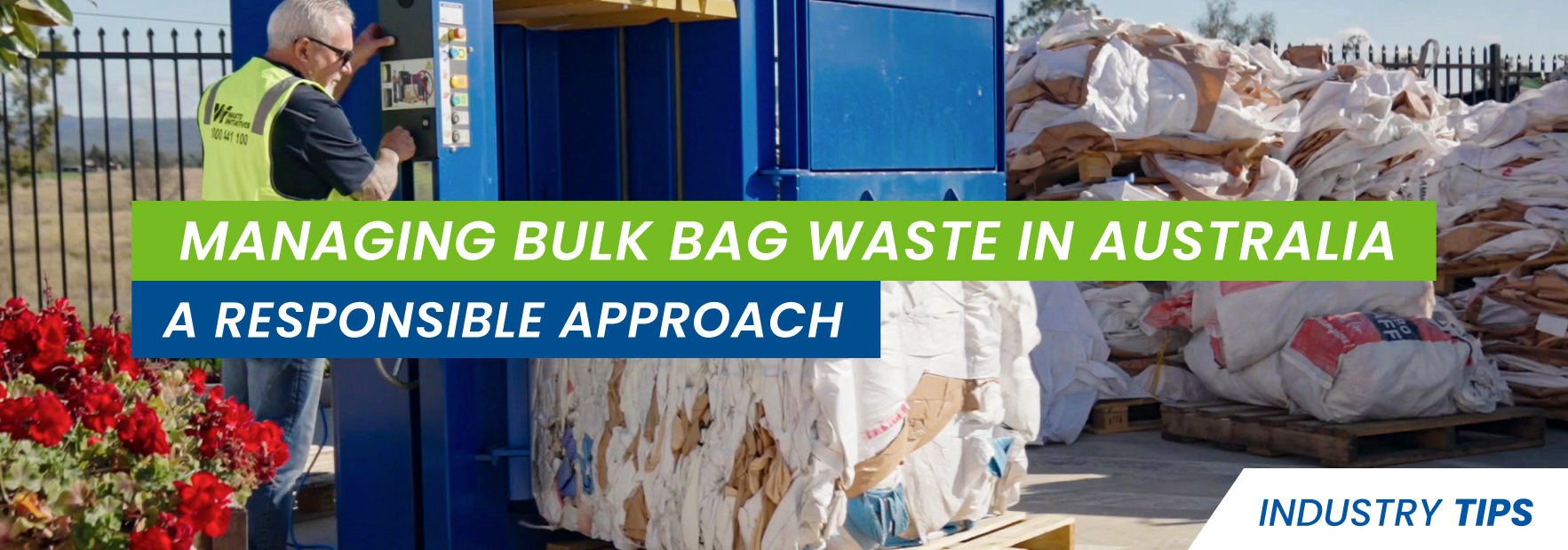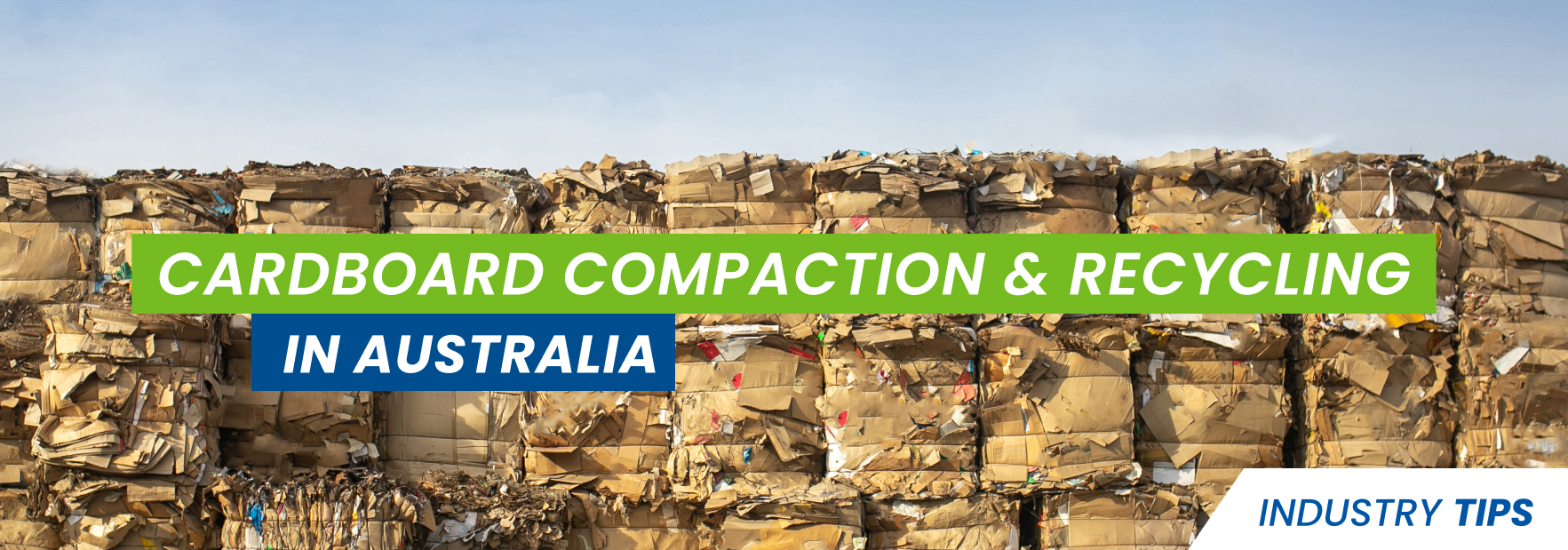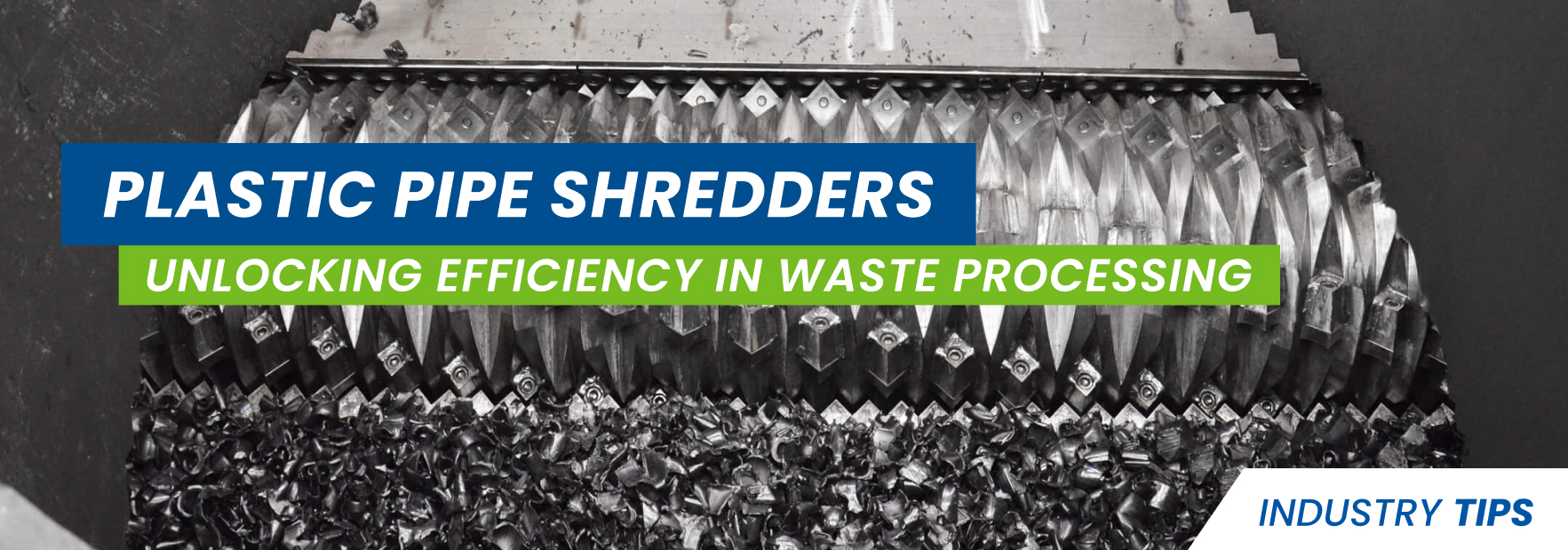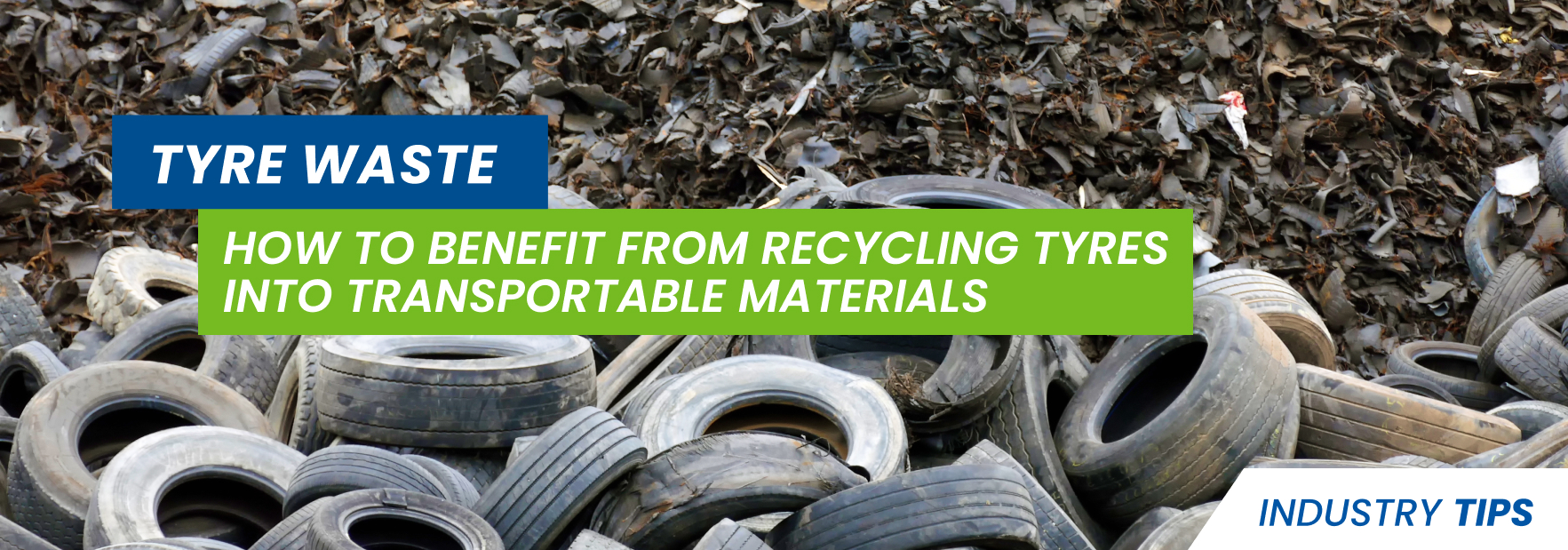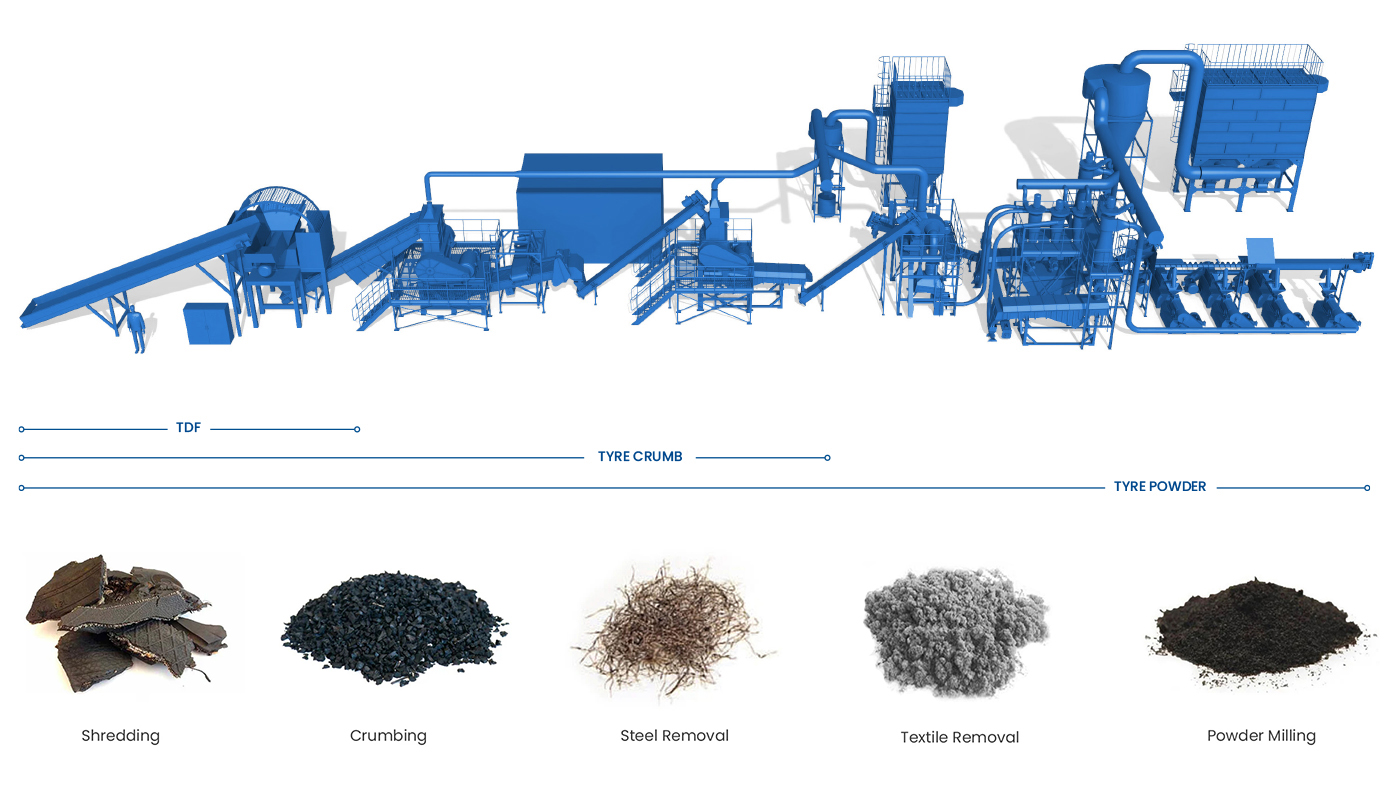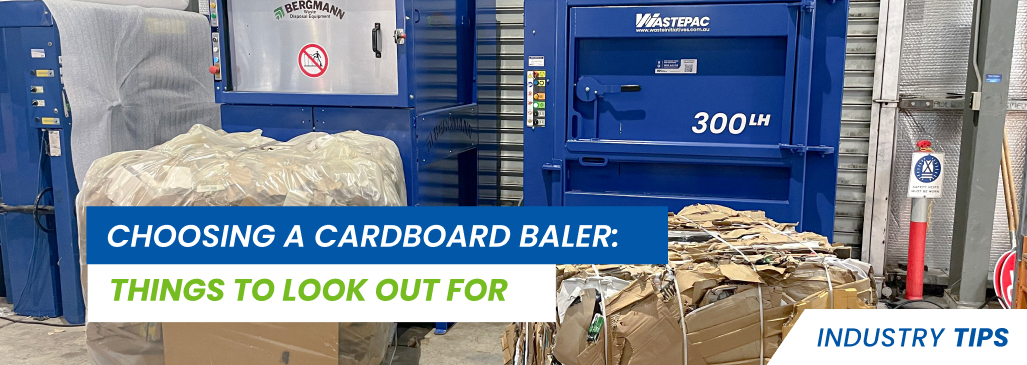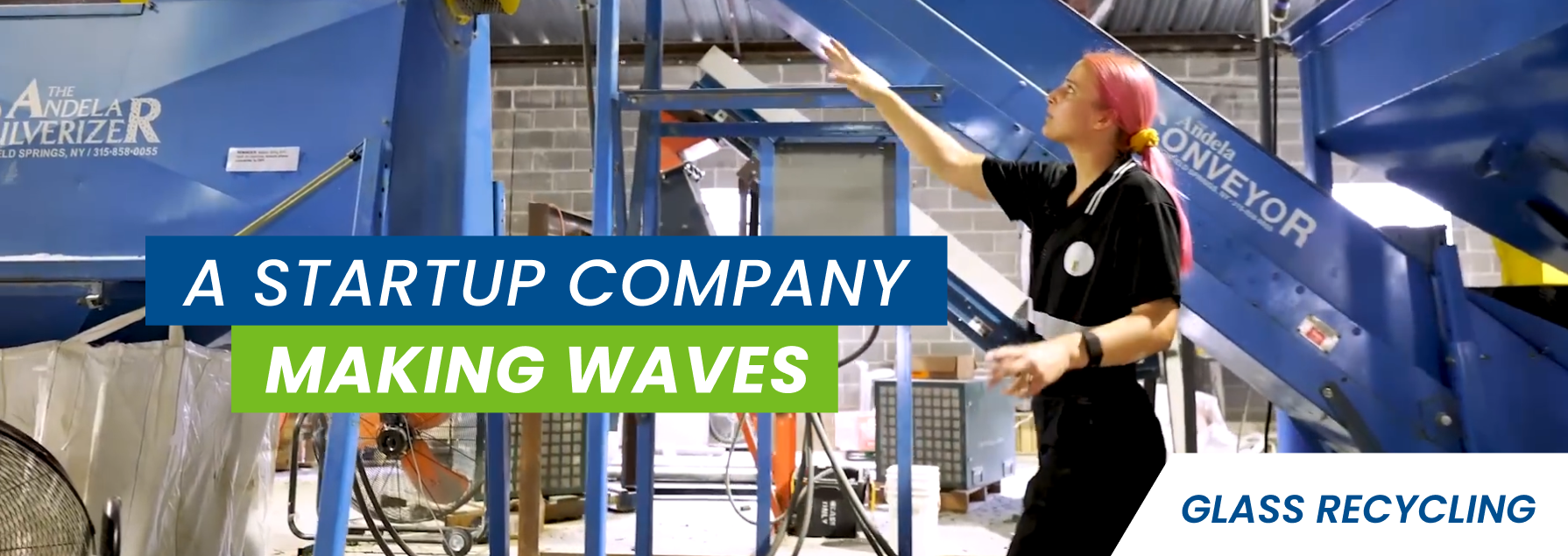Bulk bags, also known as bulka bags or flexible intermediate bulk containers (FIBCs), play a crucial role in various industries, including agriculture, construction, and manufacturing, due to their ability to transport and store bulk materials. However, their widespread use has raised concerns about the environmental impact of bulk bag waste in Australia. Here, we will outline the challenges associated with bulk bag waste, the benefits of recycling and reusing these bags, and the initiatives to manage bulk bag waste sustainably.
Environmental Challenge
Bulk bags are predominantly made of polypropylene (PP), polyvinyl chloride (PVC), and low-density polyethylene (LDPE), all of which are derived from petroleum. With their extensive use in industries across Australia, the disposal of these bags poses environmental challenges. Due to their frequent disposal in the regular waste stream, these bags exacerbate the ongoing issue of plastic waste accumulation.
Approximately only 1% of bulk bags reach recycling facilities globally, with most polypropylene (PP) ending up in landfills. This results in polypropylene breaking down slowly, releasing harmful chemicals into the local environment, leading to significant environmental challenges and further straining our already overburdened waste management systems.
Reusing or recycling bulk bags reduces the demand for plastic production and oil, a non-renewable resource. It is reported that for every 1 tonne of plastic processed, 1.47 tonnes of CO2 emissions are avoided, and $2500 in landfill costs are saved. Recycling bulk bag waste fosters a growing commitment to corporate environmental responsibility, addressing the problem of bulk bags entering the waste stream through landfills, waterways, marine environments, and incineration. Employment opportunities are also generated through the plastics circular economy.
Reused (Or Reclaimed) Bulk Bags
Cost reduction is a pivotal factor in opting for the reuse of bulk bags, commonly referred to as reclaimed or upcycled. By integrating reclaimed bulk bags with new ones, substantial savings can be achieved. Reclaimed bulk bags not only provide cost-efficiency but also bring versatility, sustainability, predictability in shipping, and compliance with industry standards. These advantages make them an attractive option for various industries, including agriculture, construction, pharmaceuticals, and logistics.
Whether you aim to send waste bags for reclamation, integrate reclaimed bags into your supply chain, or use them for internal processes, the reclaimed bulk bag is a viable and sustainable solution for managing waste of this kind. This approach not only helps reduce costs but also contributes to environmental responsibility by extending the lifespan of these bags and minimising waste generation.
Recycling Bulk Bag Waste
Recycling bulk bags has emerged as a primary focus in addressing the mounting challenge of the growing PP plastic waste stream in Australia, particularly in light of the 2022 ban on plastic exports. Since then, brand owners and government entities have actively promoted a circular economy for bulk bag recycling.
They do this through initiatives like government-endorsed product stewardship programs, which create a framework for collaboration among stakeholders and communities to find solutions. These stewardships target plastic bags with content exceeding 15 kg/l, specifically sacks and bulk bags made from woven polypropylene (wPP) and low-density polyethylene (LDPE). These programs adhere to strict accreditation criteria, ensuring recyclability, and include performance metrics and reporting obligations.
Collaborating with collection partners, stewardships can offer comprehensive collection coverage across all local government areas in Australia. Most bags are sourced directly from businesses, while councils, community groups and even retailers can provide accessible drop-off facilities for consumers at no cost, as the stewardship fee covers the expenses. Key stakeholder and contracted recyclers handle the processing of all collected bulk bags, ensuring recycling occurs within Australia. To find out more about government-accredited stewardships, visit https://www.dcceew.gov.au/environment/protection/waste/product-stewardship/products-schemes
Bulk Bag Waste Handling and Processing
Like most recycling procedures, the initial step involves gathering recyclable materials. The most efficient and simplest way to handle bulk bags is by compacting them into bales. Graded bags (by cleanliness) are loaded into a baling machine and compressed into bales efficiently to be governed by the waste collection provider.
Once used bulk bags are collected, compressed and bailed for transport to a recycling facility, they are cleaned of contaminants and processed into small chips or pellets to be transformed into a viable commodity.
The resin pellets are used to create a range of plastic products, including new bulka bags, cables, bins, planter pots, sound reduction and structural panels, plastic furniture, and even evaporation (or odour suppression) floating covers for treatment plants.
Bulk Bag Waste Handling and Processing
Recycling equipment is essential for the economical and practical handling of bulk bags. Waste Initiatives have a range of compaction equipment that efficiently compact bulk bags into transportable bales.
The WastePac 300LH Vertical Baler is an industrial baler suitable for compacting bulk bags. It is designed to handle medium to high volumes of waste in applications with low-height clearances and a tight footprint. This automatic baler can create bales weighing up to 300 kg and exert a pressing force of up to 20 tons. To see this in action, click here.
For higher volumes, the WastePac heavy-duty vertical baler range includes 450 HD and 550 HD. These balers have pressing forces of up to 25 and 50 Ton and produce hi-density mill-sized bales up to 450 and 550 Kg, respectively. These WastePac vertical balers have automatic bale ejectors, are compact and versatile, and are ideal for retail and industrial waste management.
For medium to high throughput in large industrial and manufacturing plant settings, where semi and full automation is required, the WastePac Horizontal Balers are ideal for handling various materials, including bulk bags (with some customisation).
In conclusion
Addressing the environmental challenges posed by bulk bag waste demands a comprehensive approach, with recycling and reusing as pivotal strategies. Initiatives like the bulk bag stewardships exemplify the commitment to creating a circular economy for bulk bag plastic recycling. To facilitate this process, efficient recycling equipment, such as WastePac balers from Waste Initiatives, is crucial in making it practical and economical. We encourage you to learn more about our range of equipment and explore how you can contribute to sustainable waste management. For further information, please get in touch with us at info@wasteinitiatives.com and join us in taking action towards a more eco-friendly and responsible future.
Sources
https://circularcommunitiesaustralia.com.au
https://www.dcceew.gov.au
https://businessrecycling.com.au
https://bulkbagreclamation.com

